ITC 2019 in review: developing complete and connected trips for all
- Like
- Digg
- Del
- Tumblr
- VKontakte
- Buffer
- Love This
- Odnoklassniki
- Meneame
- Blogger
- Amazon
- Yahoo Mail
- Gmail
- AOL
- Newsvine
- HackerNews
- Evernote
- MySpace
- Mail.ru
- Viadeo
- Line
- Comments
- Yummly
- SMS
- Viber
- Telegram
- Subscribe
- Skype
- Facebook Messenger
- Kakao
- LiveJournal
- Yammer
- Edgar
- Fintel
- Mix
- Instapaper
- Copy Link
Posted: 16 January 2020 | Carol Schweiger - Schweiger Consulting, Luke Antoniou - Intelligent Transport | No comments yet
Intelligent Transport’s Luke Antoniou provides a summary of the stand-out insights from the 2019 Intelligent Transport Conference, featuring contribution from one of the Conference chairs, Carol Schweiger.
Offering variety
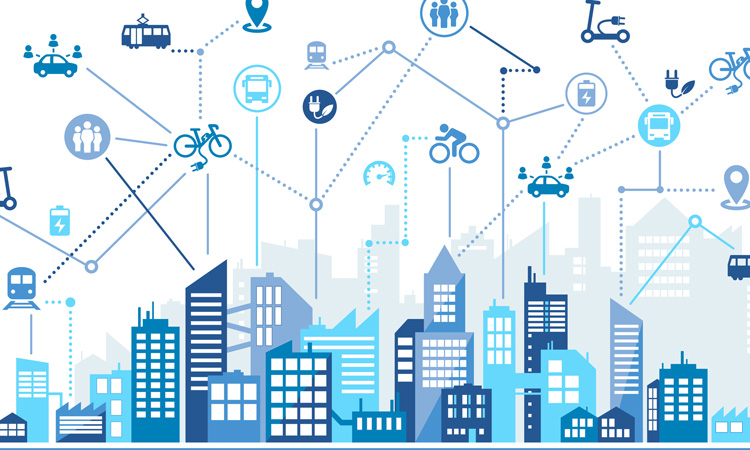
As the urban mobility sector continues its drive to encourage the public to leave their cars at home in favour of shared modes of transport, it’s never been more important to ensure they have genuine alternatives. At first glance it may appear that those alternatives are in place, but in a world where technological developments have created an always-on economy, expectations for on-demand services and the same level of comfort we’d experience in our own vehicles – or even in our own homes – mean there is still a significant amount of work to do.
With climate change in the public eye more intensely than at any other point in history, it’s crucial that the mobility options being proffered by operators and authorities are not only comfortable and efficient, but also green and sustainable. The environmental impact of services is yet another aspect of customer choice that transport providers have not had to consider in the past. Electric micromobility might be a greener choice than driving a personally-owned car, but if it isn’t reliable in the long term, and has a short lifespan before becoming irreparable, can it truly be considered sustainable? Concerns like these, with their impact on the world around us being considered more closely than ever, are trends only set to continue.
Ticketless travel
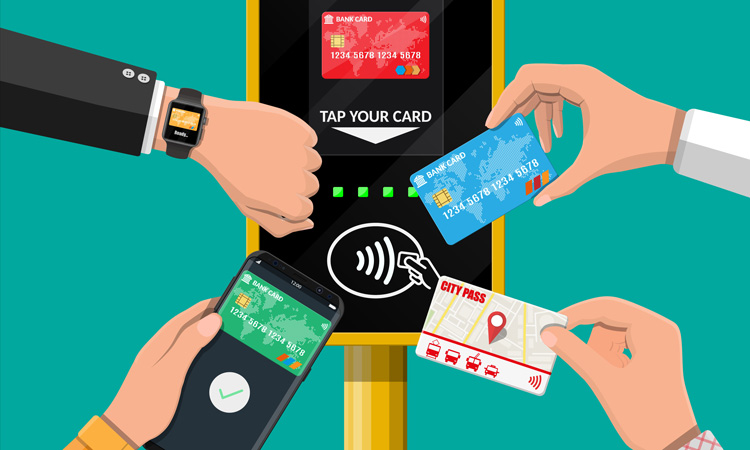

Simplified, integrated ticketing and payment options are one of the most significant barriers to developing MaaS. Whilst the goal for the end user is simplicity, there remains a tremendous amount of work to do at an organisational level across operators, mobility providers and authorities to create a fair and level playing field that encourages market participants to want to be part of a MaaS scheme.
Jonathan Hill, Transit Partnerships Lead at Google Pay, explained how he wants to make it easy for riders to understand how to pay the right fare and to remove the ticket process. Given that Google already provides public transport itinerary planning through Google Maps and that the Android smartphone operating system has significant market share, Google wants to make public transport easier to access and make payment more convenient by giving the customer the right information at the right time in the journey – essentially, “reducing friction by explaining the whole ticketing process”.
The Intelligent Transport Conference will be returning in 2020. Click here to register your interest and receive the latest information!
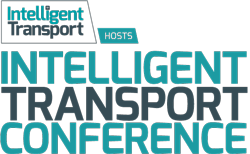

Encouraging mobility data sharing
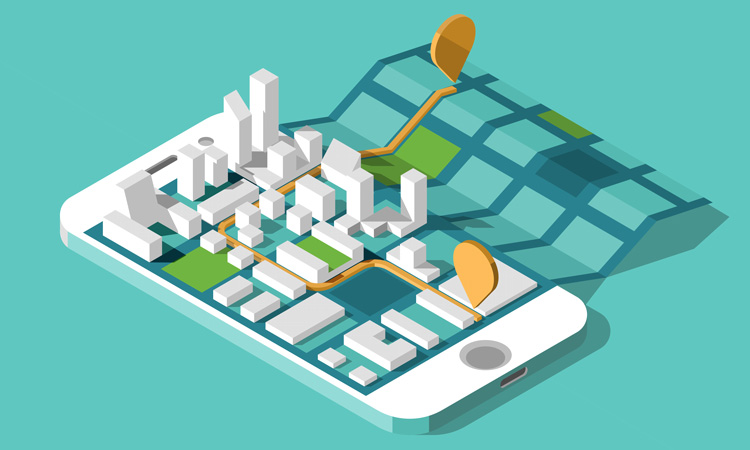

Another of the significant barriers to widespread MaaS schemes that truly serve the public is data. The panel on turning data into intelligence offered practical insights on data discourse, with Menno Yap of TU Delft and Jennie Martin of ITS UK explaining that data must be built on trust, but people do not always trust public transport authorities; enabling two-way communication with riders could be helpful in building trust. Agencies do not always have the means do to something with collected data – they can lack financial and human resources to handle the data.
Meanwhile, Evelien Marlier from the European Passengers Federation and Ruud van der Ploeg from EMTA proffered that With all data collection in mobility, the industry needs to be mindful that it is being generated by those already using shared services. To truly be able to innovate, the industry also needs to collect data from non-users and find out why they don’t use mobility services. In the same vein, the industry needs to remember that data is not impartial – someone has written analysis software or is using the data in such a way that can create biases without it being known.
People-centric cities
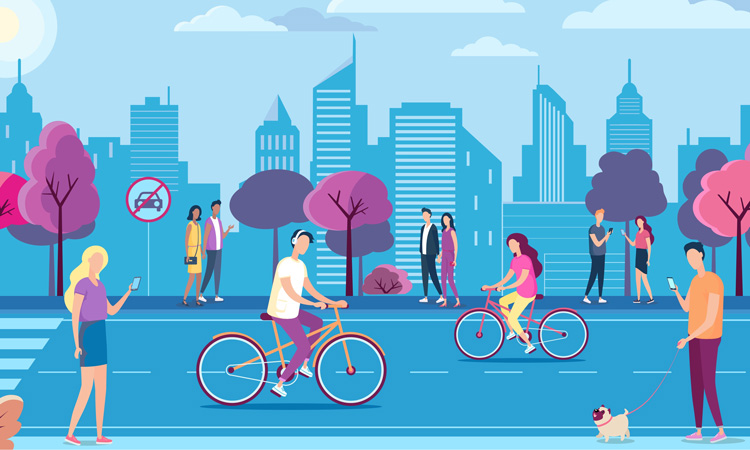

All of these elements are beginning to come together in urban environments that are built around the people that live and work within them. Mobility sits at the heart of urban development, and now, thanks to the advent of shared services, that doesn’t mean building new roads, but taking a much more holistic view of the way space is used, from the kerbside to transport-specific infrastructure.
As Zipcar co-founder Robin Chase explained in her keynote, underpricing of air pollution, congestion, kerb access and user fees for infrastructure investment has caused us to overconsume car travel. Further, chase noted that urban street reallocation, as is happening in San Francisco, allows public transport and other forms of shared transport to be prioritised over car, but that on-demand consumption has caused significant impacts on urban retail, and street and kerb usage.
Mobility hubs have a huge role to play in this, but the efficient and effective development of physical infrastructure like these multimodal hubs must be underpinned by digital infrastructure that supports and informs their creation. Infrastructure development can be hugely costly, and the data that is being generated within our cities, from various aspects of connected infrastructure, will ensure that future development is both cost effective for city authorities and truly beneficial to citizens.
Related topics
Alternative Power, Journey Planning, Mobility Services, Multimodality, On-Demand Transport, Passenger Experience, Public Transport, Sustainable Urban Transport, Ticketing & Payments
Related organisations
Intelligent Transport Conference








